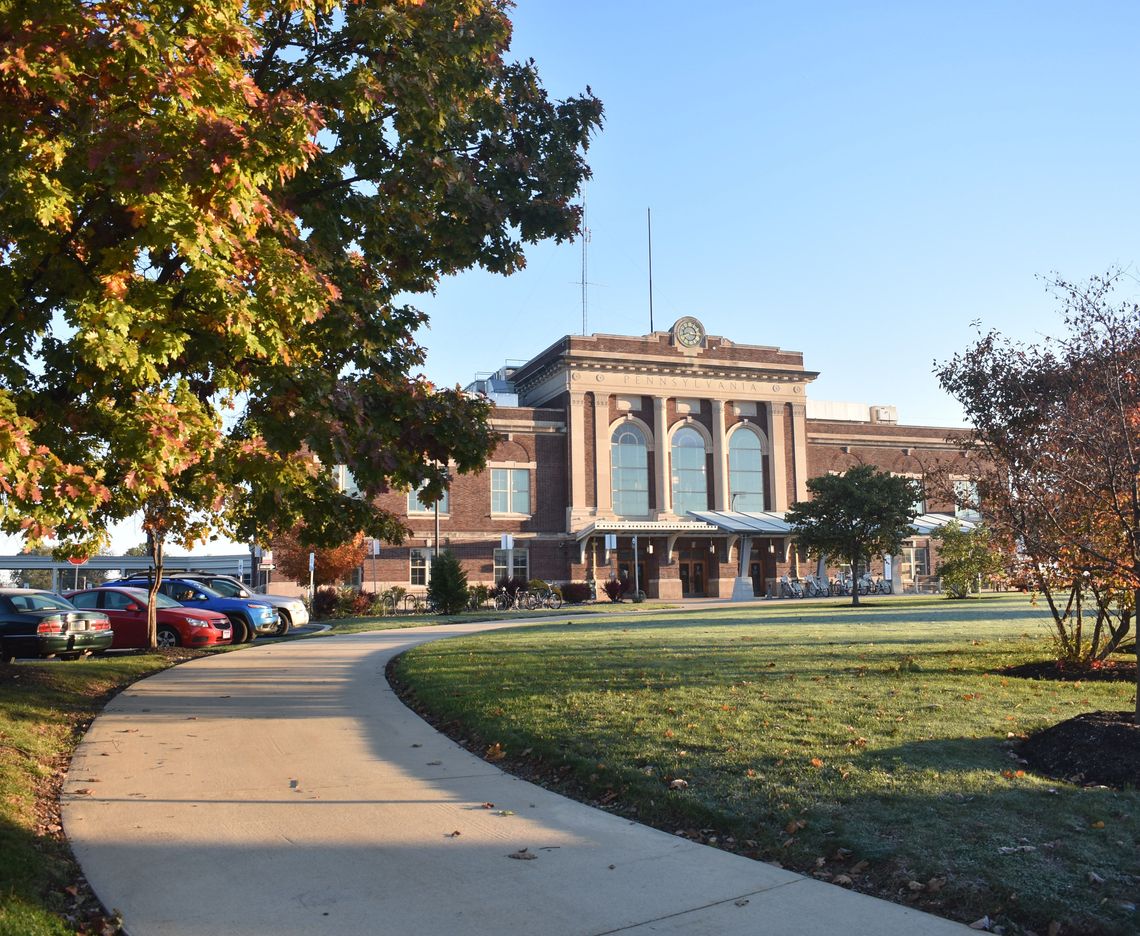
LANCASTER STATION SMALL AREA PLAN
Lancaster County, PA
THE CHALLENGE
Numerous plans have been written about the area around Lancaster’s Amtrak Station, which is the second busiest station in Pennsylvania and the 21st busiest Amtrak station in the United States. It is served by both the Keystone and Pennsylvanian routes, as well as local bus and bike share. While there is consensus that
Transit-Oriented Development would be beneficial at this location, efforts have been stymied by circuitous municipal boundaries, different zoning regulations in the City of Lancaster and Manheim Township, and an auto-oriented built environment.
HOW WE HELPED
McCormick Taylor helped Lancaster County, the City of Lancaster, and Manheim Township develop a small area plan to coordinate and guide development and transportation improvements around Lancaster’s Amtrak Station. This Transit-Oriented Development plan envisions the area as a vibrant mobility hub that prioritizes
people walking, biking, and taking transit. After reviewing previous plans and conducting existing conditions research, McCormick Taylor facilitated several steering committee meetings and a public open house to develop a vision for the area. McCormick Taylor also coordinated with local property owners and developers. Other unique aspects of this project included using Streetlight Data from smart phones and navigation devices to understand the movements of cars, pedestrians, and cyclists in the area around the station. McCormick Taylor and Foursquare ITP jointly hosted a one-day charette to identify transformational investments and placemaking opportunities in the public realm to accomplish the plan’s vision, while Econsult Solutions contributed expertise to the Market Study.
RESULTS
The plan included multi-municipal planning and zoning recommendations, as well as steps to implement the plan. McCormick Taylor helped identify ways for the City of Lancaster and Manheim Township to formally cooperate to achieve the vision by providing sustainable economic development with safe and accessible transportation options. McCormick Taylor investigated several types of funding, including RACP, CRIZ, TIF, LERTA, TASA, TAP, RAISE, and TRID—to implement the plan’s recommendations
